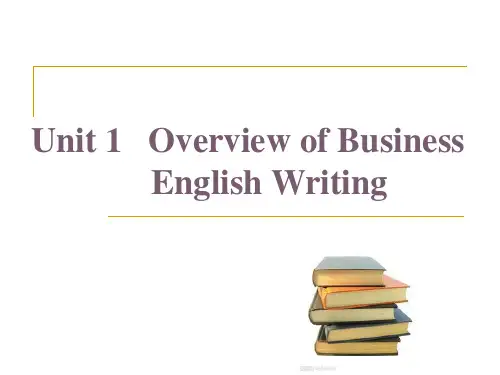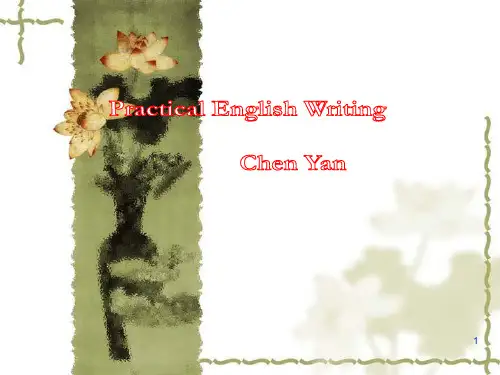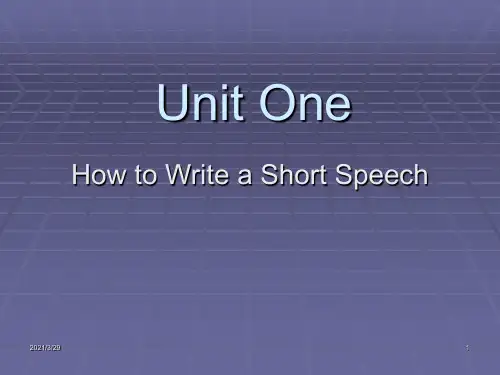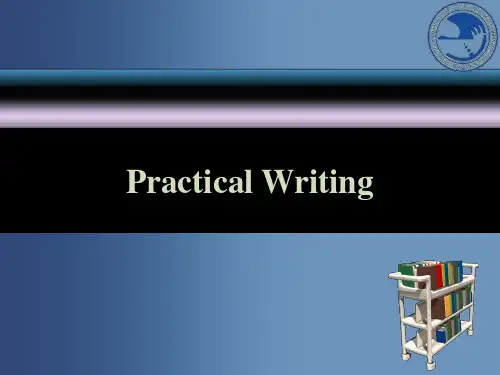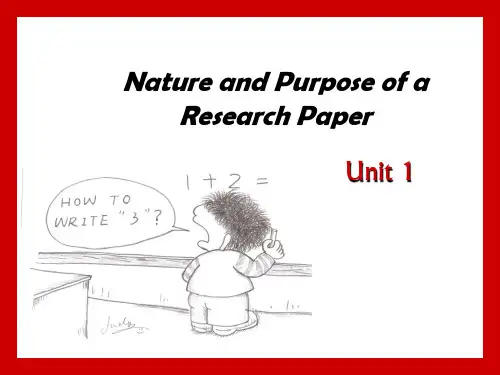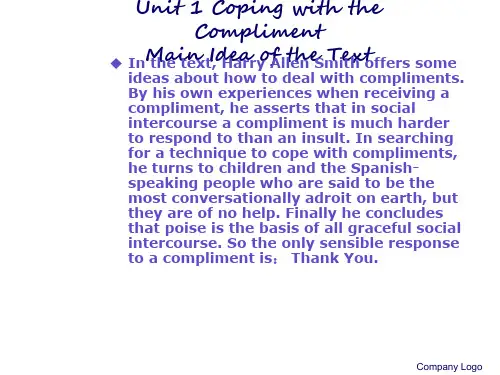4. Typical usage of some punctuation marks (Pages428-432) Comma
1. A comma is used in a compound sentence before the conjunction or connective (but, and, or, for, so, nor, yet). e.g. Come early, or you’ll miss the show. It must have rained last night, for the ground is wet. He is an eccentric boy, yet you can’t help liking him. 2. A comma is used after an adverbial clause or phrase (including a prepositional phrase and a participial phrase) before the subject of the sentence or n the middle of the sentence. But it is often omitted when an adverbial element follows the main clause. e.g. When we read newspapers, our attention is often drawn by those terrible events that have happened on campus. I was trying to reach her by telephone when she walked into my office. 3. Nonrestrictive clauses and phrases are set off by commas. e.g. An old lady, nodding and smiling, invited us in. However, if punishment is used extensively, it will affect the children in a negative way for his whole lifetime, which is the least thing we would ever expect to see.

